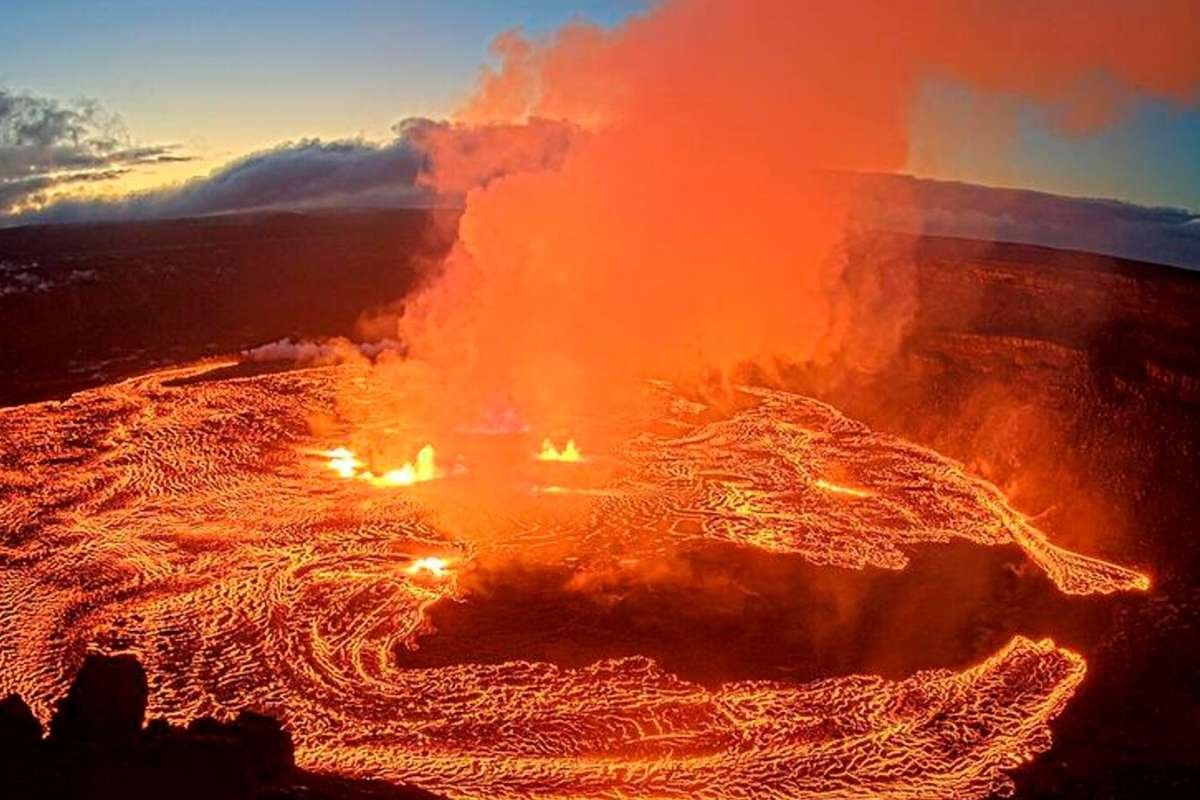A groundbreaking study from the University of Göttingen has revealed that Earth’s core, buried some 3,000 kilometers beneath the surface, holds an extraordinary quantity of gold and other precious metals far more than previously imagined. The research centers on volcanic rocks found in Hawaii, which contain chemical signatures suggesting they originated at the boundary between Earth’s core and mantle.
While it’s long been known that most of Earth’s gold is locked deep within its metallic core, this study is the first to present direct evidence of material from the core making its way toward the surface. Researchers detected unusually high levels of the rare ruthenium isotope, 100Ru, in Hawaiian lava. This specific isotope is more abundant in Earth’s core than in the mantle, indicating that the lava likely carries materials from deep within the planet.
Dr. Nils Messling, a geochemist at the University of Göttingen, noted the significance of the discovery: “When the first results came in, we realized that we had literally struck gold. Our data confirmed that material from the core, including gold and other precious metals, is leaking into Earth’s mantle above.”
Advanced Techniques Uncover Hidden Isotope
Detecting the difference in isotopic composition between the core and mantle had long been a challenge due to the incredibly subtle nature of the variations. However, the Göttingen team developed new, highly sensitive procedures that allowed them to identify elevated levels of 100Ru in surface lavas for the first time.
Ruthenium, like gold and other precious metals, was largely drawn into Earth’s core during the planet’s early formation 4.5 billion years ago. Since then, the core was assumed to be geochemically isolated. However, the new findings challenge that assumption, showing that superheated mantle plumes are capable of transporting deep-Earth materials to the surface.
Professor Matthias Willbold, also from the University of Göttingen’s Department of Geochemistry, stated, “Our findings not only show that Earth’s core is not as isolated as previously assumed. We can now also prove that huge volumes of super-heated mantle material, several hundreds of quadrillion metric tons of rock, originate at the core-mantle boundary and rise to Earth’s surface to form ocean islands like Hawaii.”
Implications for Earth’s Evolution and Resources
This discovery could reshape our understanding of Earth’s inner workings and the long-term dynamics of its geological evolution. It also suggests that small but significant amounts of gold and precious metals accessible near the surface today may have originated from the planet’s core through these rare, deep mantle plumes.
Dr. Messling emphasized the broader significance of the study: “Whether these processes that we observe today have also been operating in the past remains to be proven. Our findings open up an entirely new perspective on the evolution of the inner dynamics of our home planet.”
While mining the earth core remains far beyond our reach, the research hints at a previously unknown connection between the planet’s deepest layer and the surface, and potentially, a new way to understand and trace the origins of Earth’s most valuable resources.
Visit The Lifesciences Magazine to read more.







